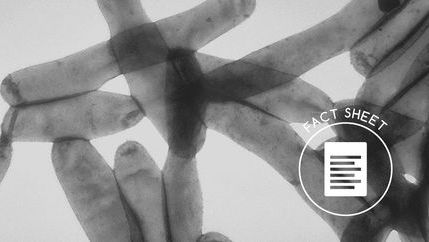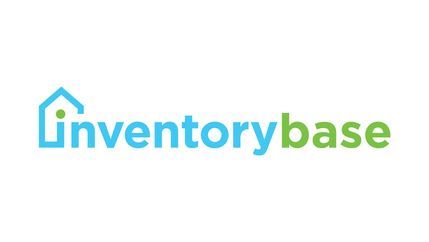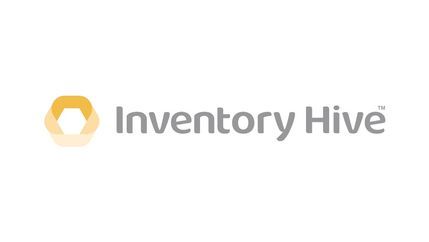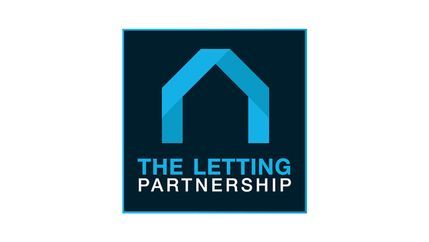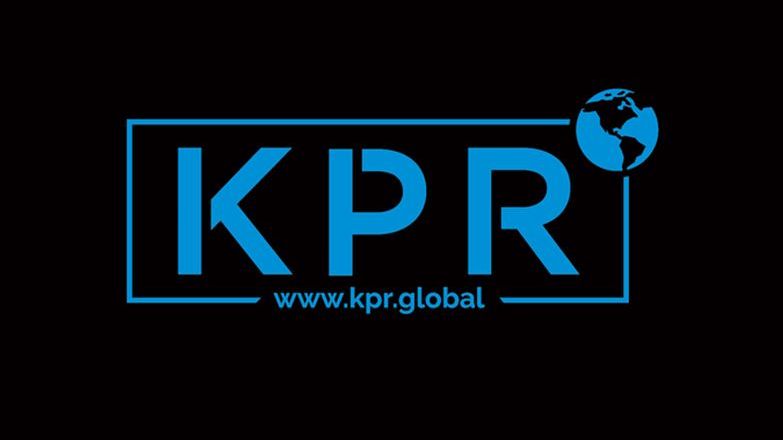
What agents need to do
The Health and Safety Executive (HSE) does not recognise a ‘Legionella test certificate’ and health and safety law does not require landlords to obtain or produce one. However, records of any assessments should be kept and follow up checks need to be carried out periodically, such as when undertaking the annual gas safety check or routine maintenance visits.
Property managers have a legal obligation under the Control of Substances Hazardous to Health (COSHH) Regulations 1989 to identify and assess the risk of Legionella in a rented property, and to take action to protect their tenants from exposure. All water systems require a Legionella Risk Assessment (LRA), and most agents or landlords can assess the risk themselves without the need to be professionally trained, although there is the option of employing a contractor to carry out the assessment if needed.
Assessing the risk
The agent managing the property needs to understand the water systems, and equipment such as pumps, heat exchangers, and showers, and identify whether they are likely to create a risk from exposure to legionella. They should check whether:
- the water temperature in all or some parts of the system is between 20–45 °C
- water is stored or re-circulated as part of the system
- there are sources of nutrients such as rust, sludge, scale, organic matter and biofilms
- the conditions are likely to encourage bacteria to multiply
- it is possible for water droplets to be produced and, if so, whether they can be dispersed over a wide area, eg showers
- it is likely that any residents are more susceptible to infection due to age, illness, a weakened immune system
If there is no reasonably foreseeable risk, or the risks are low and are being properly managed to comply with the law, the assessment is complete. Further action may not be needed at this stage, but any existing controls must be maintained, and the assessment reviewed regularly in case anything changes.
Get more information from the Health and Safety Executive →
Prevention and control measures
To minimise the risk of bacteria growing and reproducing, it is important to identify any places where the bacteria can grow and put adequate controls in place to reduce the risk of bacteria surviving and entering the environment.
Control measures can include flushing out the water system before letting the property, ensuring cold water tanks have a tight lid to stop debris getting into the system, making sure water is stored at 60 degrees centigrade, and removing any unused pipework.
Communication and the role of tenants
Tenants should be kept informed of any control measures and have a responsibility to report issues with the water system or if the water is not heating properly. They should be advised not to change any settings on the boiler or hot water system in case controls measures are disrupted.
If the tenant is away from the property for any period, for a holiday or out of term time, they should run all taps for at least two minutes when they return. Where showers are installed at the property and used regularly the risks are reduced. However, tenants should be advised to regularly clean showerheads.
Contact KPR
Find out more by visiting www.kpr-uk.co.uk or calling 0208 54 22 333.

